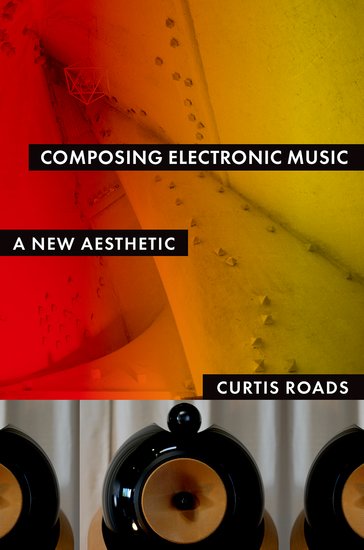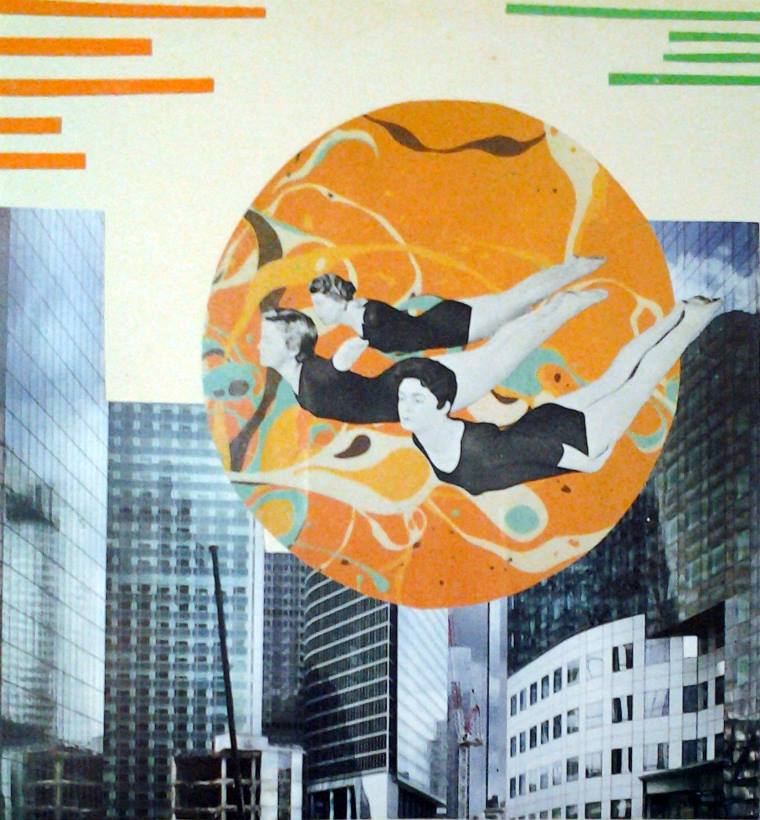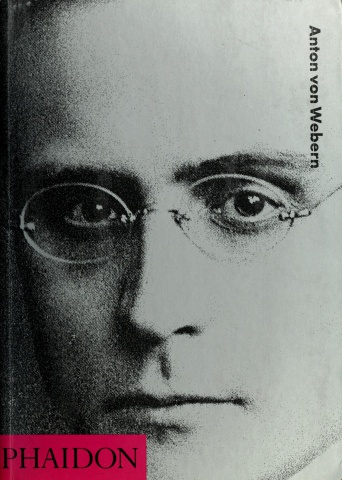Curtis Roads: Composing Electronic Music: A New Aesthetic (2015)
Filed under book | Tags: · composing, composition, electroacoustic music, electronic music, granular synthesis, music, rhythm, sound, technology

“Electronic music evokes new sensations, feelings, and thoughts in both composers and listeners. Opening the door to an unlimited universe of sound, it engages spatialization as an integral aspect of composition and focuses on sound transformation as a core structural strategy. In this new domain, pitch occurs as a flowing and ephemeral substance that can be bent, modulated, or dissolved into noise. Similarly, time occurs not merely as a fixed duration subdivided by ratios, but as a plastic medium that can be generated, modulated, reversed, warped, scrambled, and granulated. Envelope and waveform undulations on all time scales interweave to generate form. The power of algorithmic methods amplify the capabilities of music technology. Taken together, these constitute game-changing possibilities.
This convergence of technical and aesthetic trends prompts the need for a new text focused on the opportunities of a sound oriented, multiscale approach to composition of electronic music. Sound oriented means a practice that takes place in the presence of sound. Multiscale means an approach that takes into account the perceptual and physical reality of multiple, interacting time scales-each of which can be composed. After more than a century of research and development, now is an appropriate moment to step back and reevaluate all that has changed under the ground of artistic practice.
Composing Electronic Music outlines a new theory of composition based on the toolkit of electronic music techniques. The theory consists of a framework of concepts and a vocabulary of terms describing musical materials, their transformation, and their organization. Central to this discourse is the notion of narrative structure in composition-how sounds are born, interact, transform, and die. It presents a guidebook: a tour of facts, history, commentary, opinions, and pointers to interesting ideas and new possibilities to consider and explore.”
Publisher Oxford University Press, 2015
ISBN 9780195373233, 0195373235
xxvii+480 pages
Reviews: Nick Collins (Music and Letters, 2016), Gregory Taylor (Cycling74, 2016), Warren Burt (SoundBytes, 2016).
PDF (24 MB)
Companion website
Linda: Brazilian Magazine for Electroacoustic Music, 1-4 (2014–2015) [English, Portuguese]
Filed under magazine | Tags: · brazil, composing, electroacoustic music, music, music criticism

Linda is a magazine launched earlier this year devoted to contemporary electroacoustic music in Brazil and worldwide. Produced by a young collective affiliated with Nova Música Eletroacústica, the issues contain selections from weekly editions.
Magazine website
Music releases on Bandcamp
Issue 1: PDF (EN), PDF (PT; updated on 2017-11-30)
Issue 2: PDF (EN), PDF (PT; updated on 2017-11-30)
Issue 3: PDF (EN), PDF (PT; added on 2017-11-30)
Issue 4: PDF (EN), PDF (PT; added on 2017-11-30)
Malcolm Hayes: Anton von Webern (1995)
Filed under book | Tags: · biography, composing, music, nazism

In this biography of one of the twentieth century’s greatest composers, Malcolm Hayes sets Webern’s radical technical advances against the Romantic inheritance of nineteenth-century Austro-Germany, tracing the development of a man and his music.
Born into the Imperial, musical heritage of Vienna, Webern became captivated by Renaissance vocal music, and this student passion was to haunt his compositions all his life. A pupil of Schoenberg, he also came to use the twelve-note method, and combined this with his love of chamber music to create a sound that is entirely his own. Despite a prolific rate of composition in his early years, Webern’s music output is small and tends to extreme brevity. Tragically, he was accidentally shot and killed in the Allied occupation of Austria. His work has continued to influence musicians throughout the twentieth century and since.
Publisher Phaidon Press, London, 1995
20th-Century Composers series
ISBN 0714831573, 9780714831572
240 pages
PDF (77 MB, no OCR)
Comment (0)
